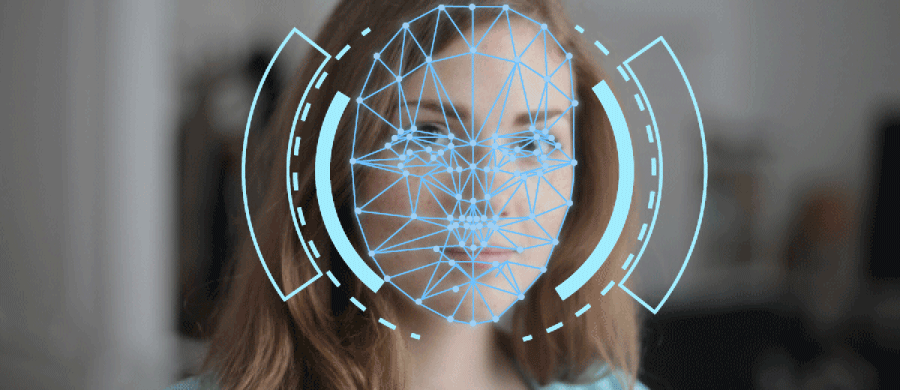Avoid deepfakes: tips and tools to detect them
Subject: Multidisciplinary
Here are some clues to recognize deepfake videos and images created with artificial intelligence.
Deepfakes are becoming increasingly sophisticated. Don't rely only on what you see. Go further!
Before you share a video or image, check that it's authentic.
With the increase in artificial intelligence tools, the spread of audiovisual montages to recreate very realistic situations that have never actually occurred has increased. These videos, images or audio clips, known as deepfakes – although there is no consensus on their definition – can be used for illegal purposes.
"They may be intended to damage the reputation of a person or organization, misinform you to manipulate your opinion, bypass biometric authentication systems or impersonate someone to get you to do something that harms you or a third party", said Robert Clarisó, member of the UOC's Faculty of Computer Science, Multimedia and Telecommunications and a member of the Systems, Software and Models Research Lab group (SOM Research Lab ) at the Internet Interdisciplinary Institute (IN3).
According to the Get identity fraud report 2023, global deepfake fraud incidents increased tenfold between 2022 and 2023.
More than half of those interviewed for the Digital News Report 2023 admitted to having concerns about distinguishing what is true and what is false when it comes to online news.
"To detect deepfakes, in addition to analysing technical aspects and messages you must consider whether the content appeals to your emotions," said Alexandre López-Borrull, member of the UOC's Faculty of Information and Communication Sciences. "All misinformation goes viral because it connects with some emotion, whether it's fear, as happened during COVID-19, anger or people's prejudices. So, ask yourself what emotion the content provokes in you and whether it seems designed to get you to share it, to be indignant or to change your opinion."
Tips and guidelines
Deepfake videos or images are increasingly sophisticated and difficult to detect. To check if they're true, it's important to follow a number of strategies, such as analysing the medium and the message they convey and looking for further information. Relying solely on a visual analysis may be insufficient to detect the lie.
Click on the image to see the full infographic.
To detect deepfakes, you can use tools such as:
Further information
Remember: don't just rely on what you see or hear. Always do your research, check and verify before sharing.


